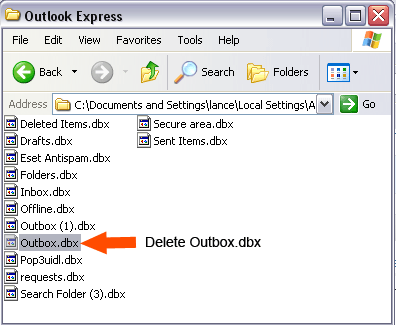In the following simple solution, I cover the process I use to Tweak an SSD "Solid State Drive" for Optimal Performance and Longevity. There are a few tools out there that can manage a lot of the following settings automatically. However, I feel it's also important to know how to make these changes yourself. Upon completion, you should end up with a slightly faster and longer living better "Optimized SSD".
Optimizing an SSD Drive for Performance and Longevity
Disable Defragmenter
There is no reason to defragment an SSD drive as the data is not stored on a traditional rotating platter. Disabling this feature can help to prolong the life of your SSD Drive by reducing the amount of read/write actions on the drive.
- Navigate to My Computer (Computer Shortcut)
- Right click your SSD's Drive Letter
- Select Properties > Tools > Defragment (Defragment Now)
- Click the Configure Schedule Button, uncheck Run on a schedule
Disable Superfetch
Disabling Superfetch can potentially help increase the longevity of your SSD drive by reducing additional probing and data transfer into memory. It also helps to free up RAM for other purposes.
- Click Start, Type services.msc and press Enter
- From the Services list, Double click Superfetch, set Startup type to Disabled and click Apply.
Disable Drive Indexing
Disabling Drive Indexing can help increase both the performance and longevity of your SSD drive as it prevents windows from trying to keep track of every file on the drive for search purposes. Drawback is that SSD searches may be slower.
- Navigate to My Computer (Computer Shortcut)
- Right click your SSD's Drive Letter
- Select Properties, uncheck the Drive Indexing option (Allow files on this drive to have contents indexed in addition to file properties)
Disable Search Indexing
Disabling Search Indexing can help increase both the performance and longevity of your SSD drive. When we disable search indexing, we prevent windows from trying to keep track of every file for search purposes. The drawback is that SSD searches may be slower.
- Click Start, Type services.msc and press Enter
- From the Services list, Double click Windows Search, set Startup type to Disabled and click Apply.
Disable System Restore
Disabling System Restore can help to increase the longevity of your SSD drive as well as free up storage space if existing restore points are deleted. However, if you choose to disable this feature, you should use some other form of backup, like creating a disk image backup.
- Navigate to and right click My Computer (Computer Shortcut), select Properties > System Protection
- Select your SSD Drive Letter and click Configure
- Check the box to Turn off System Protection (you can also delete existing restore points if you wish)
Enable Write Caching
Enabling Write Caching can help to prolong the life of your SSD drive as well as increase its performance by decreasing the number of times the drive is accessed by delaying writes until the cache has filled to a certain pont. Drawback is potential data loss if there is a power outage.
- Click Start, Type devmgmt.msc and press Enter
- Click Disk drives to expand
- Double click your SSD drive and click the policies tab
- Check the Enable Write Caching on the device box, and click OK
Disable PreFetch
Disabling Prefetch can help to increase the longetivity of your SSD drive by preventing Windows from storing cached indexed files in one continuous block on your hard drive, and preventing any defragmeting on that storage area. The drawback is that it can potentially slow down your system boot.
- Click Start, type Rededit and press Enter
- Navigate to Hkey_local_machine\SYSTEM\CurrentControlSet \Control\Session Manager\Memory Management\PrefetchParameters
- Double Click Enableprefetcher, and change the hex value to 0 and press OK
- Close Regedit.
Disable Pagefile
Disabling Pagefile can help to prolong the life of your SSD drive and increase its performance by reducing the amount of read/write action performed on the drive. This option should be used only if you have a lot of RAM and are running a 64 Bit Operating System, otherwise it may actually reduce SSD performance.
- Navigate to and right click My Computer (Computer Shortcut), select Properties > Advanced System Settings
- Under the Performance section, Click Settings Button
- Click Advanced Tab, and under Virtual memory section, Click Change button
- Uncheck Automatically manage paging file for all drives, and check no paging file, and click Set.

